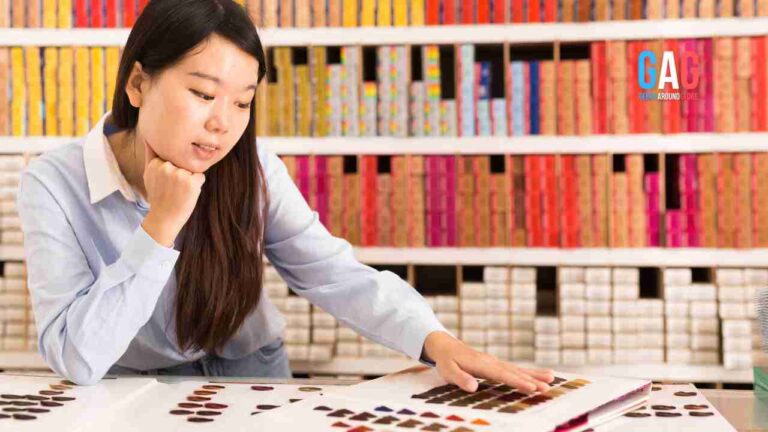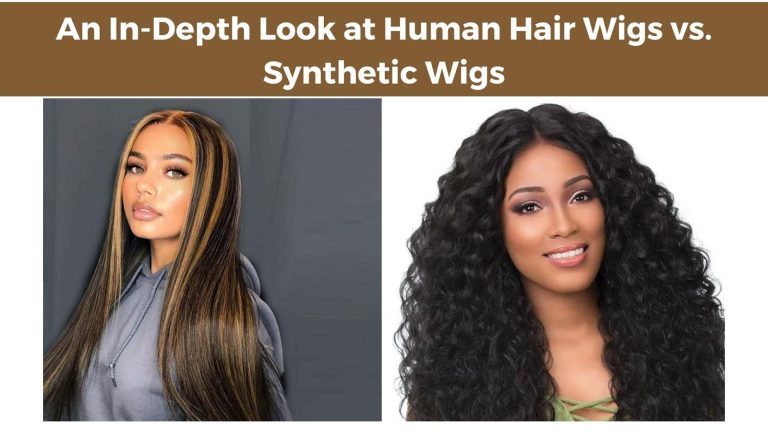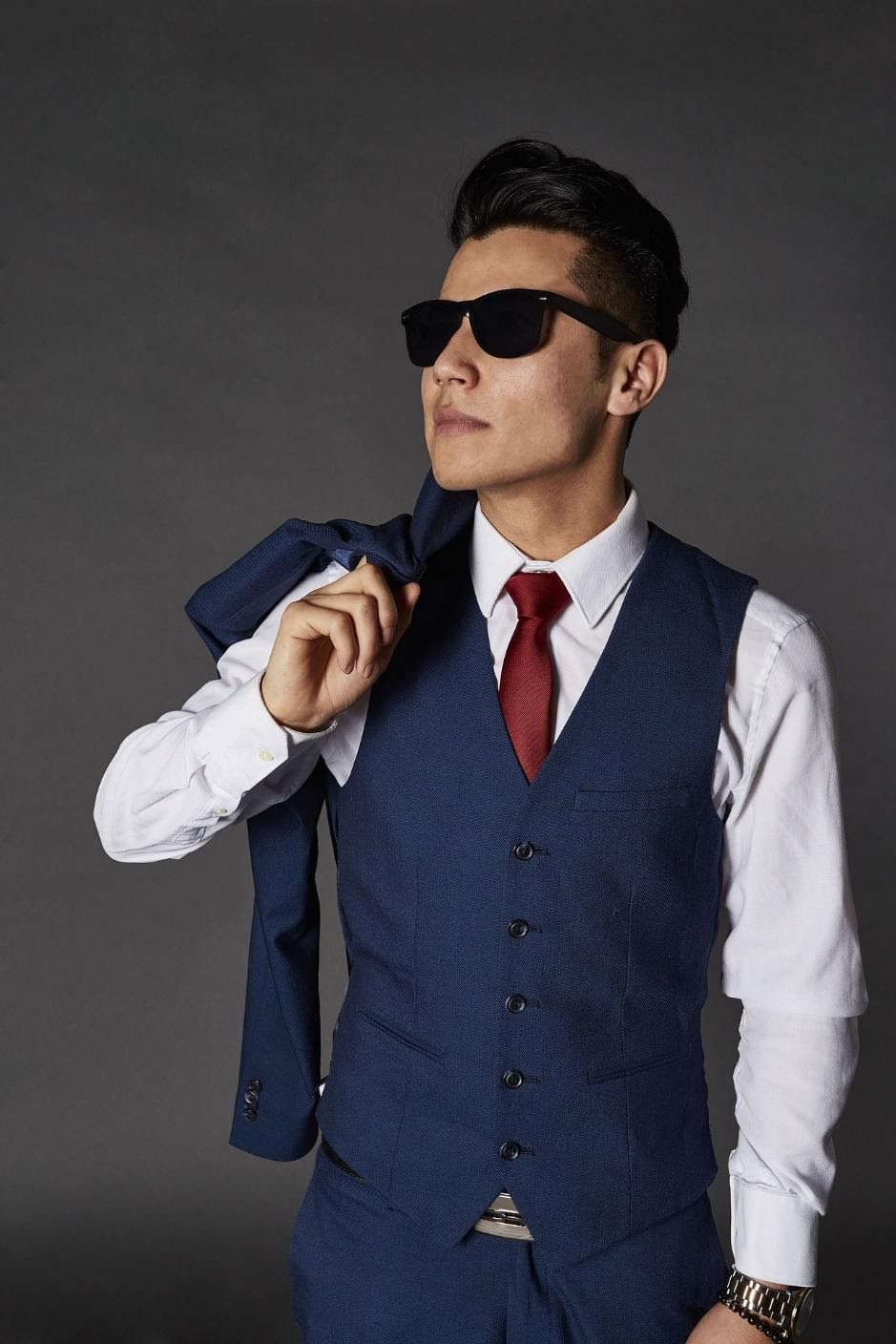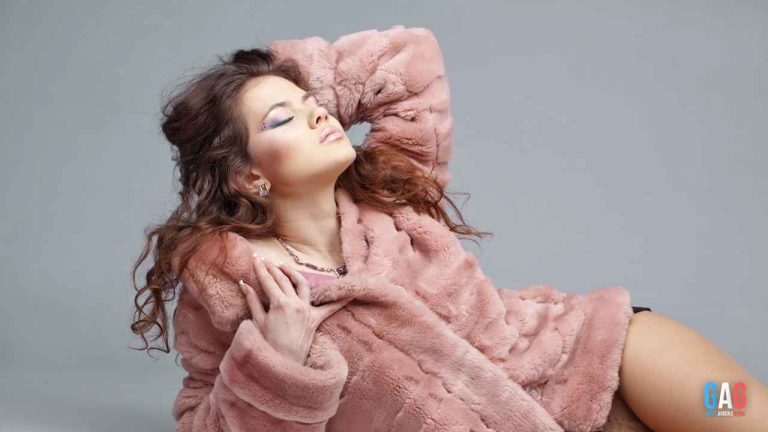A color is an effective form of visual communication; it can evoke emotions, affect our disposition and even shape our behavior. Consequently, product designers must be prudent in their selection of colors.
Get ready to immerse yourself in creative color theory for designers! This article comprehensively overviews how to craft captivating and successful color palettes. We’ll cover all the basics necessary to create visually appealing designs that pack an impactful punch.
What Is Color Theory?
When creating user interfaces, careful consideration should be taken when selecting colors, just as with typography. A color scheme combines hues and shades designers use for their projects. Color plays a vital role in human-computer interaction, making it essential to select wisely.
With seemingly limitless color combinations, and you’re wondering where to find a swatch store near me, deciding which to use for your project can be overwhelming. Thankfully, there is an area of study called color theory which assists us in identifying harmonious and prosperous colors that will meet our needs.
Reasons To Learn Color Theory In Fashion Industry
By tapping into the power of color psychology, brands and platforms can unlock a more profound conception of how humans respond to visual stimuli. Through symbolic meanings and expressions, colors allow us to uncover our inner emotions while reflecting broader social trends.
In this way, utilizing color has become an effective tool in predicting human behavior – a crucial asset for any successful business model.
Here are five reasons why fashion designers should be familiar with the color theory;
- It’s essential for fashion designers because it allows them to create a cohesive, eye-catching look. With an understanding of the principles of color, fashion designers can use colors in harmony and contrast to create a unique style that stands out.
- It also helps those in the fashion industry craft an aesthetically pleasing wardrobe. They better understand how colors work together by understanding the basics of colors. This allows them to mix and match colors in a visually appealing way.
- They can create looks for different occasions. Discerning the colors that look best for formal events, daytime activities, or casual settings enables fashion designers to choose the color palette that will be appropriate for any and every occasion.
- Color theory also helps fashion designers keep up with trends. They stay ahead of the curve and design stylish outfits through their skillful perception of how colors interact and what combinations are popular.
- Having a basic color theory allows fashion designers to match hues and shades. This skill enables them to create a professional and well-put-together look, as opposed to one where the colors clash or are too bright.
What are the Basic Color Rules in Fashion?
From understanding the color wheel to learning about complementary colors, these basic fashion color rules will help you express yourself through fashion more sophisticatedly.
Color Wheel
It effectively determines the right color combinations for your clothing items and outfits. According to the primary color wheel, there are three main colors – warm, calm, and neutral. Warm colors like red, orange, and yellow bring a more generous and passionate feeling. Cool colors like blue, green, and purple express a calm and serene atmosphere—neutral colors such as white, beige, and black match any outfit.
Complementary Colors
These are two colors located opposite each other on the color wheel. Combining them creates a vivid and pleasing contrast that can draw attention to any outfit. For example, pairing red with green or yellow with purple are great complementary colors for fashion statements.
Monochromatic Outfits
They involve wearing one single color from head to toe. Though it might seem tedious, monochromatic outfits can still be very stylish and attractive when done right. Choose a color that brings out your skin tone or reflects whatever mood you want to express.
Color Blocking
This is an exciting way of combining three or four colors from opposite sides of the color wheel. To avoid a mismatched look, choose shades of similar brightness and intensity. This creates an exciting and contrasting effect that will turn heads.
How To Land a Colorful Wardrobe
Here are some tips on how to land a colorful wardrobe that is both stylish and pleasing:
- Figure out Your Style. Knowing what kind of look you are going for can help narrow down the color choices that will look best on you.
- Mix it Up. Don’t be afraid to mix different colors. Monochromatic looks are great, but experimenting with different color combinations is a great way to spice up any outfit.
- Accessorize: Accessories can be a great way to add some extra pizzazz to your outfit without committing to a particular color. Scarves, bags, and jewelry can be easy and effective ways to add some color without being too overwhelming.
Bottom Line
Fashion is about creativity, but it’s never an excuse to get the basics wrong. On the contrary, you are better off staying updated on all the trends that will help you stand out. Correct your facts on the colors, hues, shades, and tints.







